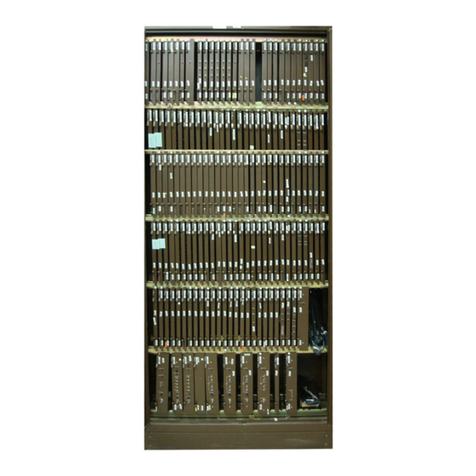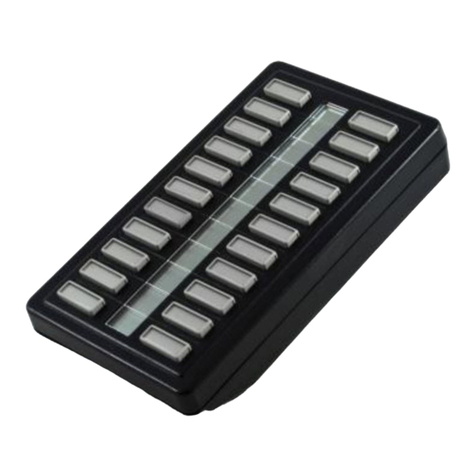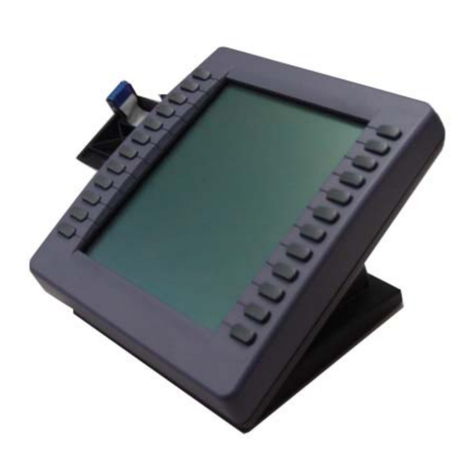
DMS-100 Family Maintenance Manual ABSK007
vii
About this document
When to use this document
This Remote Line Concentrating Module with Extended Distance Capability
(RLCM-EDC) maintenance reference manual provides: overview, signal-
ing, and hardware information for understanding the RLCM-EDC product
and operation; recovery procedure for returning to service an RLCM-EDC
from a completely out-of-service condition; alarm clearing procedures for
clearing an RLCM-EDC alarm condition at the MAP display terminal; card
replacement procedures for removing and replacing hardware modules in the
RLCM-EDC as part of maintenance, verification, or acceptance procedures;
trouble locating and clearing information for locating and clearing problems
beyond the scope of other maintenance procedures; routine maintenance
procedures for performing scheduled routine and preventive maintenance
tasks. The information in this maintenance manual is intended for operating
company personnel engaged in RLCM-EDC maintenance.
How to check the version and issue of this document
The version and issue of the document are indicated by numbers, for
example, 01.01.
The first two digits indicate the version. The version number increases each
time the document is updated to support a new software release. For
example, the first release of a document is 01.01. In the next software
release cycle, the first release of the same document is 02.01.
The second two digits indicate the issue. The issue number increases each
time the document is revised but rereleased in the same software release
cycle. For example, the second release of a document in the same software
release cycle is 01.02.
To determine which version of this document applies to the software in your
office and how documentation for your product is organized, check the
release information in Product Documentation Directory, 297-8991-001.
This document is written for all DMS-100 Family offices. More than one
version of this document may exist. To determine whether you have the
latest version of this document and how documentation for your product is



































